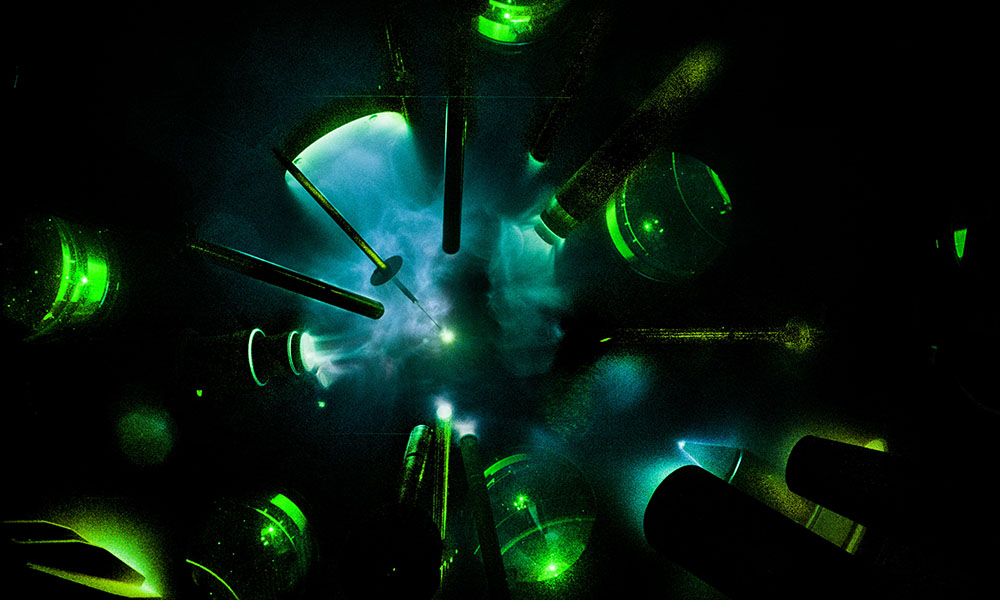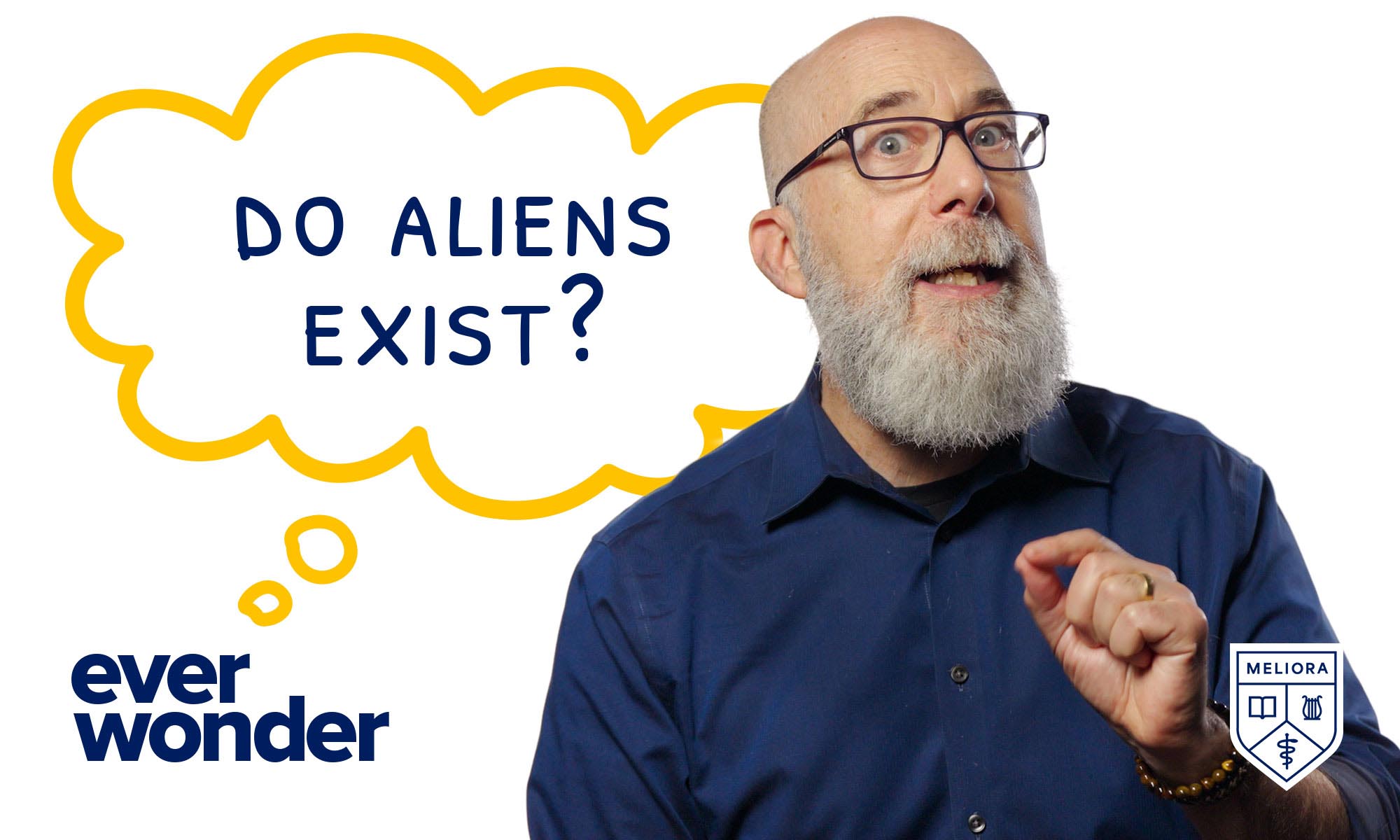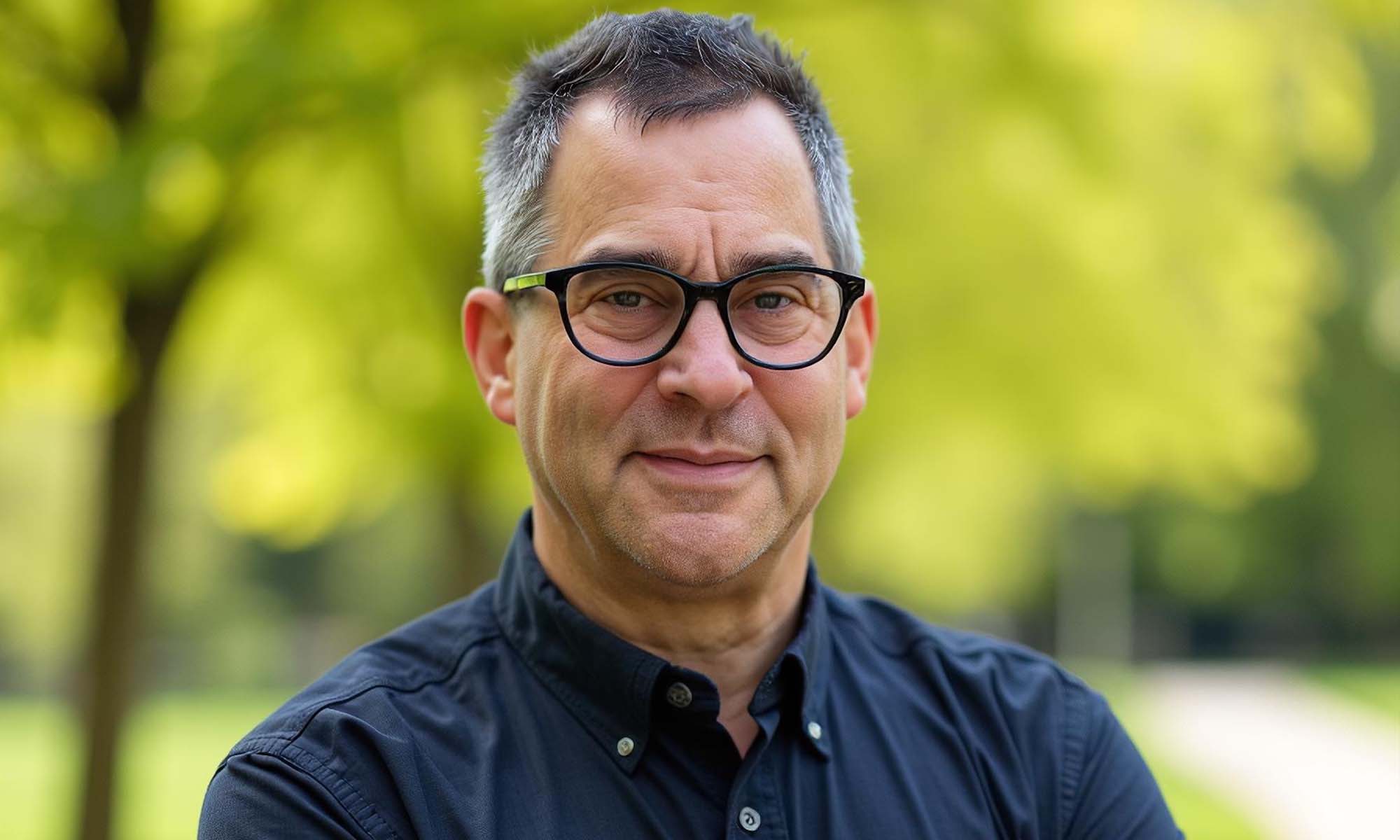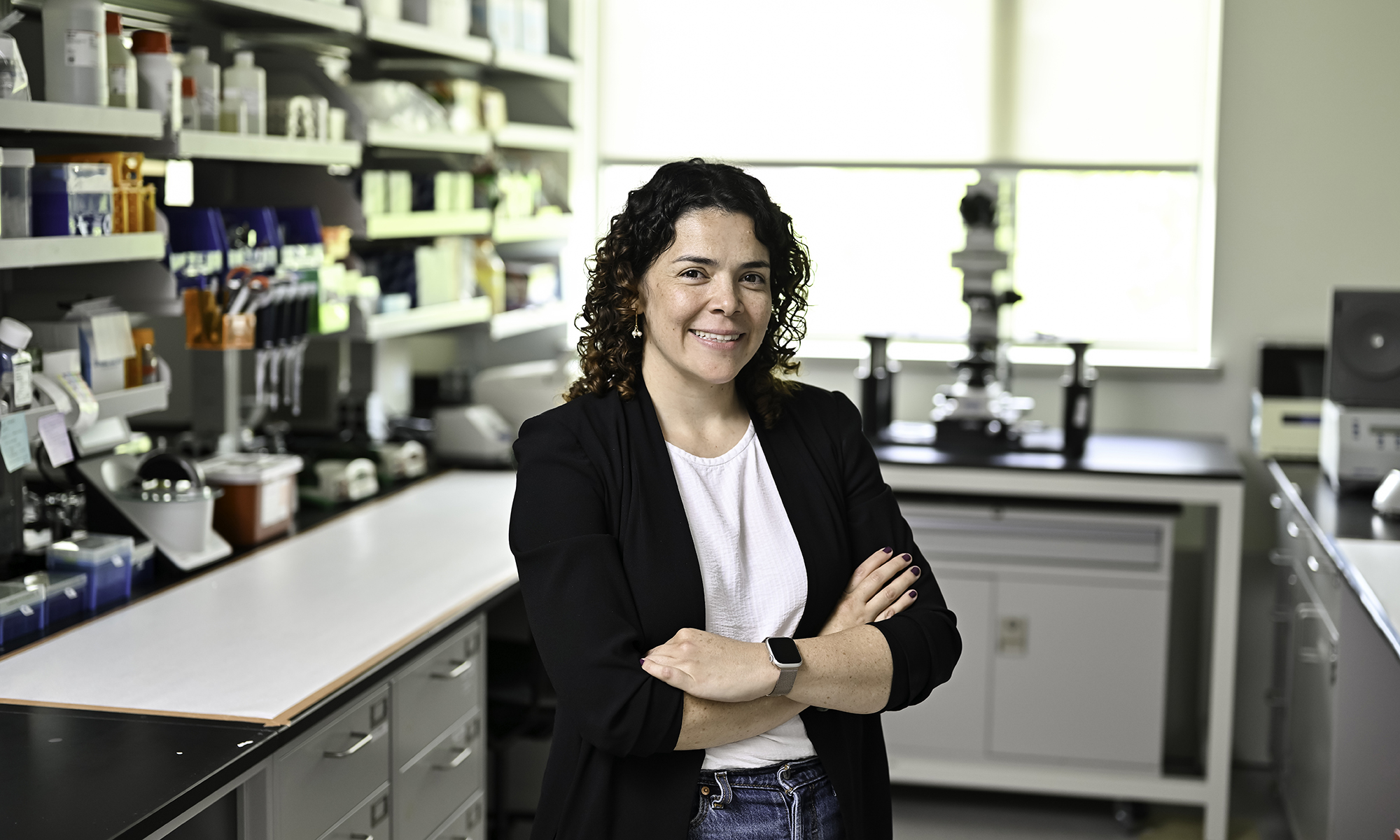University of Rochester scientists set out to explain how—and how much—in order to improve future experiments.
A typical fusion experiment at the University of Rochester’s Laboratory for Laser Energetics (LLE) lasts about 3 millionths of a second. Sixty pulsed laser beams travel 216 feet to converge upon a plastic-coated ball of deuterium and tritium fuel less than 1 mm in diameter.
Ideally, this onslaught of lasers, by subjecting the fuel capsule to extreme pressure, would cause the capsule to uniformly implode at speeds reaching 360 kilometers per second, and the deuterium and tritium isotopes to fuse and ignite into a controlled burn. Instead, execution of this carefully orchestrated scheme is hindered by several complications, including instabilities and mixing between the capsule and the fuel plasmas, which are at very different temperatures and densities. These factors interfere with the laser’s ability to achieve the compression needed for ignition.
Scientists know that viscosity can be critically important in the implosion. With support of a $590,000 grant from the Department of Energy’s National Nuclear Security Administration, University of Rochester researchers hope to demonstrate ways to measure—and thereby better understand—how viscosity dissipates energy in these plasmas.
According to Jessica Shang, principal investigator and an assistant professor of mechanical engineering, the findings could lead to improvements in the design of experiments aimed at achieving fusion and a better understanding of the dynamics of warm dense matter in the formation and evolution of planets, including Earth.
Experiments will be conducted at Rochester’s Omega facility and at the SLAC National Accelerator Laboratory at Stanford University. LLE, home to the Omega facility, is the largest university-based US Department of Energy program in the nation and an international destination for training scientists to work with powerful laser systems. LLE has partnered closely on developing laser-driven implosion techniques with Lawrence Livermore National Laboratory (LLNL). Researchers at LLNL’s National Ignition Facility recently announced they were the first to achieve ignition—in effect, producing more fusion energy than the energy delivered to the target to initiate the reaction.
Researchers will test particle forcing, corrugated shock
Viscosity is a property caused by internal frictions that limit the ability of certain fluids—think of maple syrup, for example—to flow easily. The viscosity of maple syrup or other fluids can be easily measured at ambient conditions by directly manipulating the material in benchtop experiments.
“But when we have materials that we’re shooting at on Omega, we can’t do that,” Shang says.
“And therein lies the challenge. We have to figure out ways to measure this property implicitly—by observation.”
Shang and her team will demonstrate two techniques that they hope can serve as “go-to tools” for other scientists interested in studying the role of viscosity in plasmas at high energy densities.
The first tool, particle forcing, involves placing particles in the targets used in high-energy-density experiments, then observing how they accelerate over time. “Much as if I were to throw a ball through the air, there will a combination of forces acting on the particles, some of which have a viscous effect,” Shang says. The team plans to produce an acceleration model by piecing together myriad X-ray radiography images of the particles’ motion during high-energy-density experiments.
The other approach, corrugated shock, involves measuring the profile of a rippled shock over time in high-energy-density experiments. The speed at which the ripple flattens can be measured with VISAR, an interferometry technique, and can be matched with models of how viscosity modulates a rippled shock.
“We are doing these experiments with plastics, which are used for fusion targets, and also with silica, which makes up rocky planets like Earth and others in our solar system,” Shang says.
Training a new generation of scientists on powerful laser systems
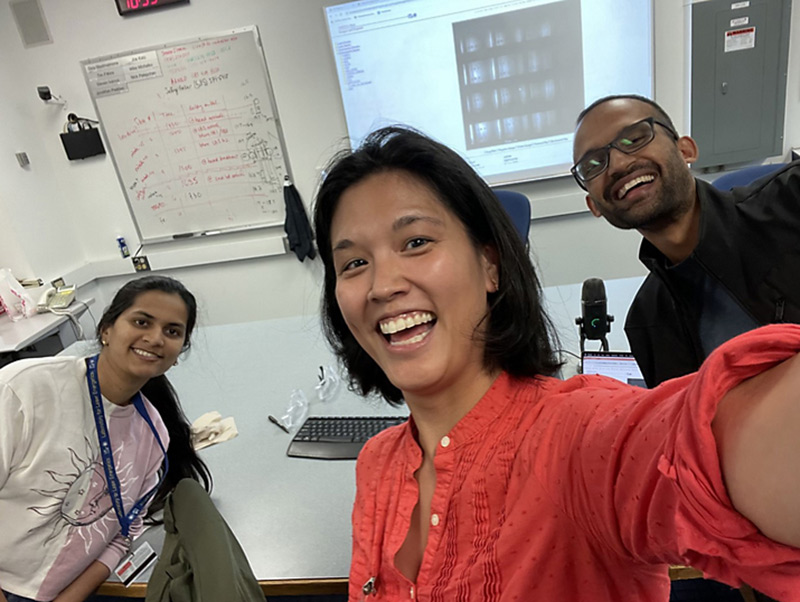
Co-principal investigators for the project are Hussein Aluie, associate professor of mechanical engineering; Riccardo Betti, LLE’s chief scientist; Danae Polsin and Ryan Rygg, also scientists at LLE; and Arianna Gleason, staff scientist at the SLAC National Accelerator Laboratory.
Two PhD students co-advised by Shang and associate professor of mechanical engineering Hussein Aluie will take lead roles in conducting the corrugated shock and particle tracking experiments. Nitish Acharya will take the lead on corrugated shock, and Afreen Syeda will perform that role with particle tracking.
Acharya has been a graduate research assistant since August 2018. Prior to that, he earned a BE degree in mechanical engineering from Tribhuvan University in Nepal, then worked with E&T Groups in that country as a mechanical engineer before coming to Rochester.
Syeda came to Rochester in fall of 2019 after she received a bachelor’s degree in aeronautical engineering from Jawaharlal Nehru Technological University (JNTU) Hyderabad and a master’s degree in aerospace engineering from Indian Institute of Technology (IIT) Kanpur.
“Four or five years ago, a lot of the work they were doing was scaffolded by the co-PIs,” Shang says. “Now they’ve reached the point where we’re doing the handoff and letting our students drive the bus.”
Read more
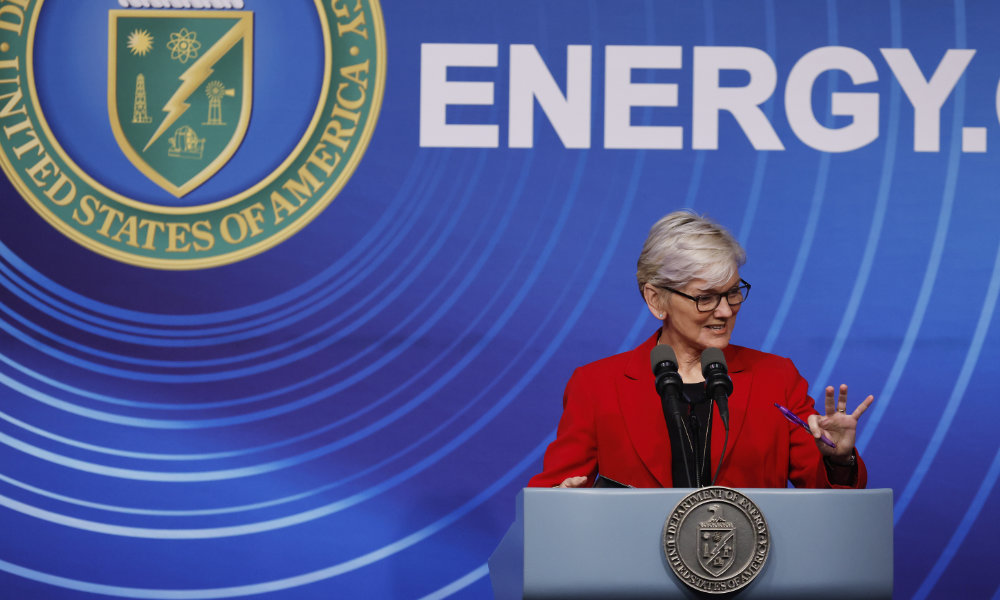 Scientists hit key milestone in fusion energy quest
Scientists hit key milestone in fusion energy quest
The major breakthrough of achieving ignition is cause for celebration at Rochester’s Laboratory for Laser Energetics as well. “Now, we can see a future with a laboratory capability to both support the US nuclear deterrent and to start addressing the future for clean energy,” says LLE Director Chris Deeney.
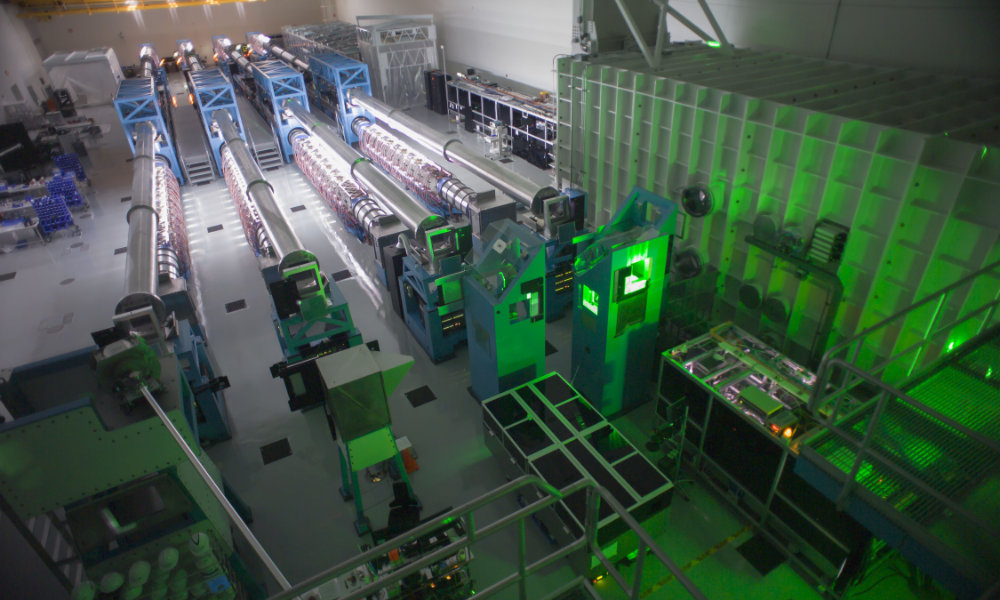 Laboratory for Laser Energetics receives increase level of federal funding
Laboratory for Laser Energetics receives increase level of federal funding
The funding strengthens the Laser Lab’s significant contributions to national security, scientific education and leadership, and regional innovation and growth.
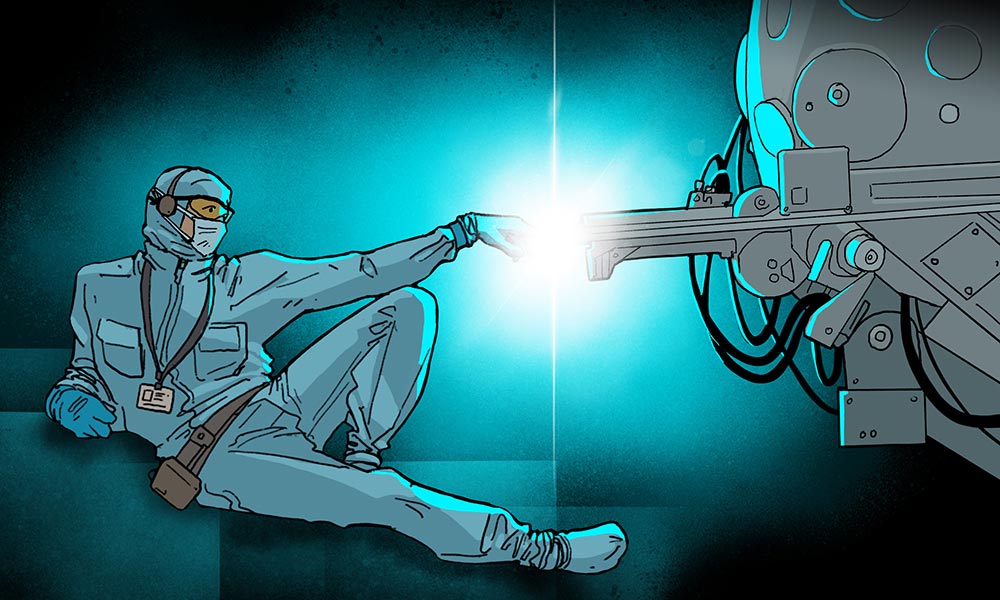 What is fusion, and why is it so difficult to create?
What is fusion, and why is it so difficult to create?
Fusion is the energy of nature, powering the stars and making it possible for life to exist on Earth. Why, then, has achieving fusion power eluded researchers for decades?

